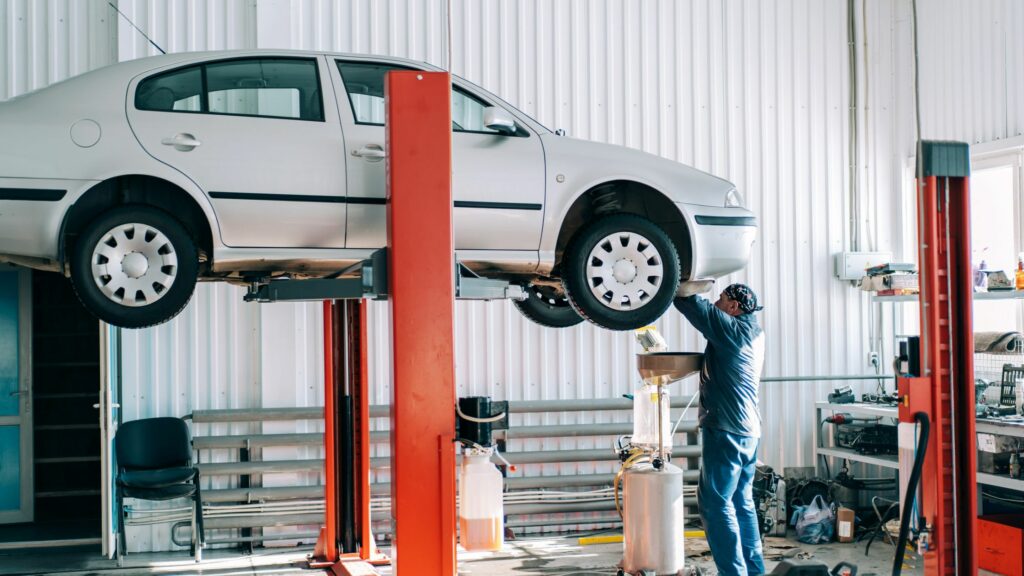Hydraulic car lifts are essential tools for automotive maintenance and repair shops, allowing them to lift vehicles off the ground safely and efficiently. These lifts work on a hydraulic system, which uses fluid pressure to move the lift’s arms up and down.
Let’s take a closer look at how hydraulic car lifts work and some essential maintenance tips to keep them running smoothly.
How Hydraulic Car Lifts Work:
Hydraulic car lifts are made up of several key components, including the lift platform, hydraulic cylinders, and a hydraulic pump. The lift platform is where the vehicle rests, and the hydraulic cylinders are what raises and lowers the lift.
The hydraulic pump creates pressure that is transmitted through the hydraulic fluid to the lift’s cylinders. When the pump is activated, it forces fluid into the cylinders, causing the lift arms to rise. Releasing the pressure in the cylinders lowers the lift back down to the ground.
Maintenance Tips:
- Regular Inspections – It is crucial to conduct routine inspections of the hydraulic lift to ensure that it is functioning correctly. This includes checking the lift arms, safety locks, and hydraulic hoses for signs of wear and tear.
- Keep the Lift Clean – Dirt and debris can clog hydraulic lines and cause the lift to malfunction. Regular cleaning of the lift, especially the hydraulic lines, can prevent these issues.
- Check the Fluid Level – Low fluid levels can cause the lift to operate inefficiently or even fail altogether. Check the fluid level regularly and add more if necessary.
- Replace Worn Parts – Over time, lift parts such as hoses, seals, and safety locks may wear out and need replacement. It is essential to replace these parts promptly to avoid any potential safety hazards.
- Lubricate Moving Parts – Regular lubrication of moving parts such as the lift arms and hydraulic cylinders can extend the lifespan of the lift and prevent unnecessary wear.

